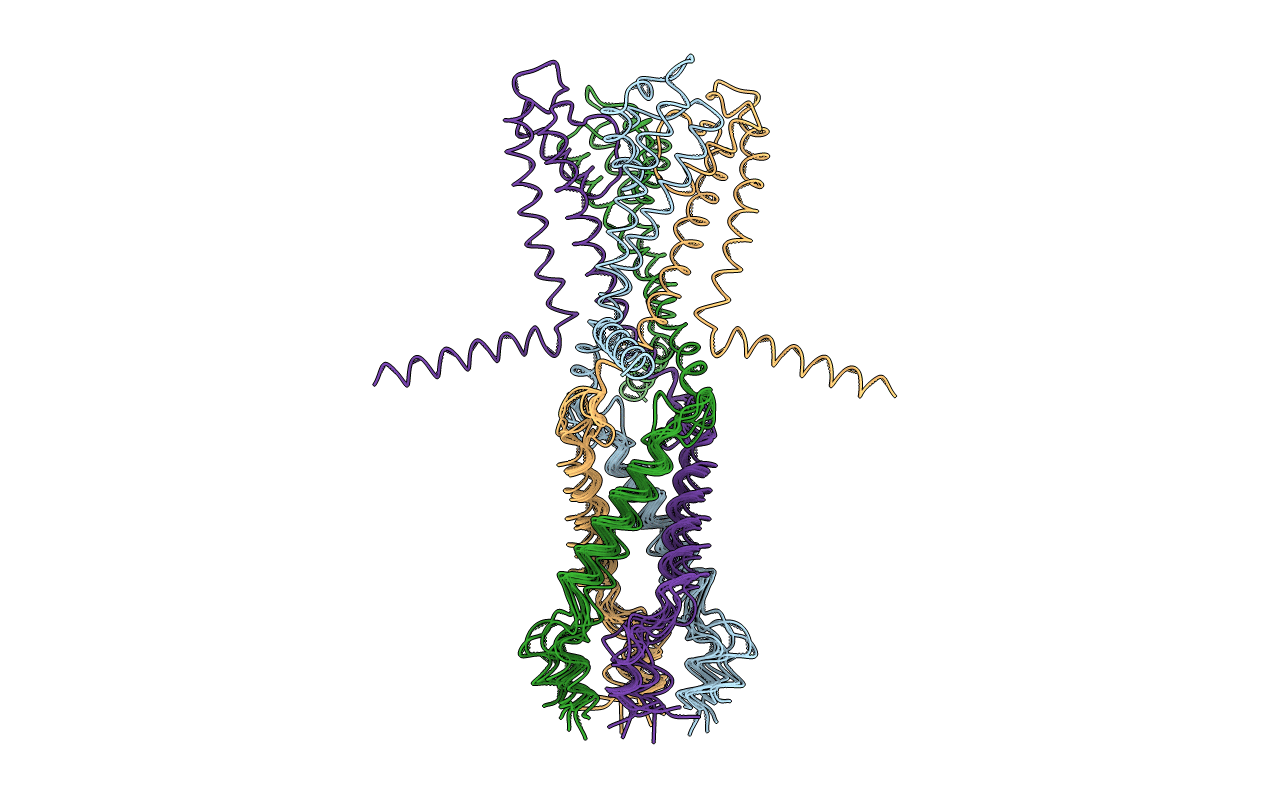
Deposition Date
2000-06-21
Release Date
2001-02-21
Last Version Date
2024-05-22
Entry Detail
PDB ID:
1F6G
Keywords:
Title:
POTASSIUM CHANNEL (KCSA) FULL-LENGTH FOLD
Biological Source:
Source Organism:
Streptomyces lividans (Taxon ID: 1916)
Host Organism:
Method Details:
Experimental Method:
Conformers Calculated:
32
Conformers Submitted:
8
Selection Criteria:
structures with the lowest energy


